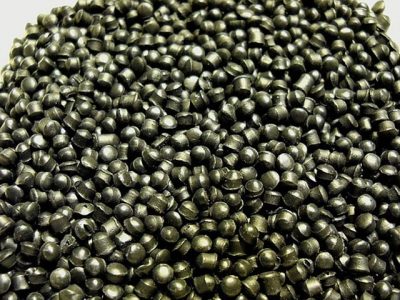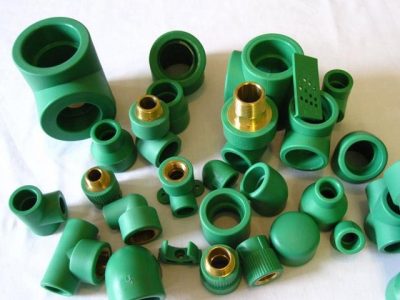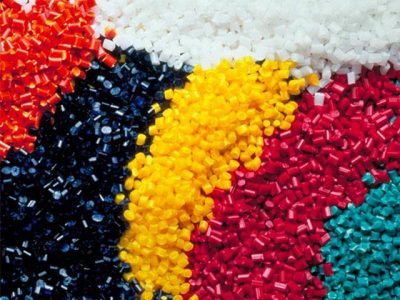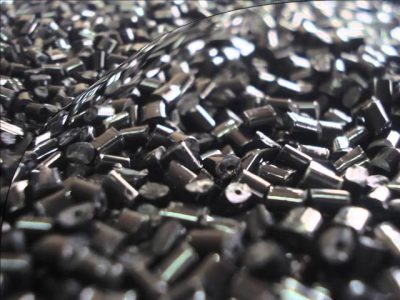Abs… (Acrylonitrile Butadenien Styrene)
Properties
| ABS (acrylonitrile butadyene styrene) | |||
| Class | Mfi | Sofmy Point (˚ C) | |
| 200 ˚ C/5kg | 220 °c/10kg | ||
| SV0157 | 0.5 | …….. | 101 |
| HR2340 | 1 | …….. | 112 |
| HR2320 | 1.2 | …….. | 103 |
| SD0150 | 1.8 | …….. | 98 |
| SD0152 | 2.4 | …….. | 99 |
| SD0140 | 3.2 | …….. | 97 |
| ABS 50 | …….. | 35 | 95 |
Acrylonitrile Butadenien Styrene (ABS) (Chemical formula (CI-8, H 8) x · (Cı 4 H 6) Y (CI-3, H 3 h) z), a common thermoplastic polymer. This glass crossing temperature is approximately 105 ° C (221 ° F). [2] ABS is shapeless and therefore has no real melting point.
Production
ABS is derived from acrylonitrile, Butadyen and styrene. Acrylonitrile is a synthetic monoomer produced from propylene and ammonia; Butamine is an oil hydrocarbon obtained from the C4 fraction of the steam cracking; The styrene Monomeri is prepared by dehydrogenation of ethyl resembling a hydrocarbons obtained in the etiomic and benzene reaction.
Applications
ABS's lightness and injection molding and extrusion feature are useful in the manufacture of products such as drain-waste-ventilation (DWV) piping systems, musical instruments (recorders, plastic clarinet and piano movements), golf club heads The Good shock Absorbancia), Automotive upholstery fittings, automotive bumper rods, medical devices for blood access, housings for electrical and electronic components, protective hood, whitewater canoes, bumper edges for furniture and joinery panels, luggage and Protective carrying bags, small kitchen appliances, and toys including Lego and Kre-O bricks. Home and consumer goods are the main applications of ABS. Keyboard keypads are usually made from ABS.




